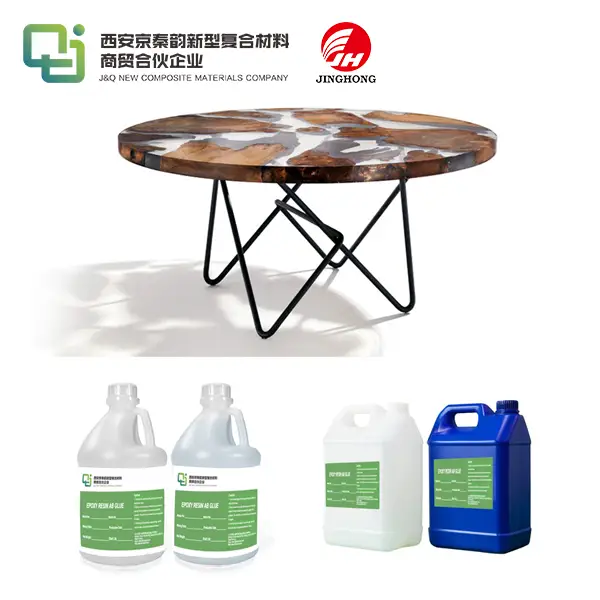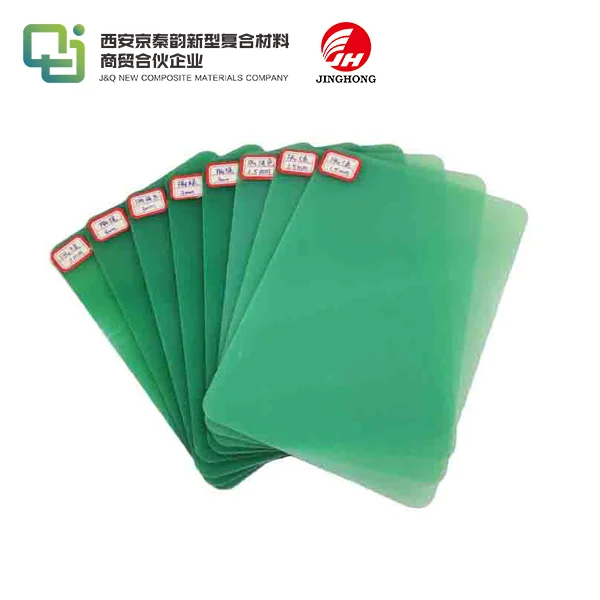The Manufacturing Process of Phenolic Fine Weave Cotton Cloth Laminated Sheets
2025-04-01 17:23:56
The manufacturing process of phenolic fine weave cotton cloth laminated sheets involves several intricate steps. Initially, high-quality cotton fabric is meticulously woven into a fine, tight weave. This fabric is then impregnated with phenolic resin, a synthetic polymer known for its excellent thermal and electrical insulating properties. The resin-saturated cloth undergoes a controlled curing process, where heat and pressure are applied to create multiple layers. These layers are then bonded together under high pressure and temperature, resulting in a dense, durable laminated sheet. The final product boasts superior mechanical strength, excellent electrical insulation, and remarkable heat resistance, making it ideal for various industrial applications.
Raw Materials and Preparation
Selection of High-Quality Cotton Fabric
The production of phenolic fine weave cotton cloth laminated sheets starts with the careful selection of high-quality cotton fabric. Manufacturers seek cotton with long, robust fibers to ensure the final product's strength and resilience. To ensure the material meets rigorous standards, the cotton undergoes thorough inspections, including fiber length analysis, strength testing, and texture evaluations. These steps are crucial in selecting the best cotton to ensure optimal performance during the lamination process, resulting in a high-quality end product.
Weaving Techniques for Fine Cloth
Once the cotton is selected, it undergoes advanced weaving techniques to form a fine, tightly-knit fabric. Using precision looms, skilled manufacturers create intricate patterns and dense weaves that ensure the fabric's durability. The process results in a fabric with a smooth, even surface, consistent thickness, and minimal defects. These qualities are essential for the next stages of production, as they ensure the material's strength and smooth bonding during the lamination process, which enhances the overall performance of the phenolic fine weave cotton cloth laminated sheet.
Phenolic Resin Preparation
At the same time, the phenolic resin is prepared through a precise chemical process. Phenol reacts with formaldehyde under controlled heat and pressure to create this synthetic polymer. Manufacturers carefully adjust key properties of the resin, such as its viscosity and curing time, to ensure it flows smoothly and bonds effectively with the cotton fabric. This attention to detail is vital, as it allows for uniform impregnation, resulting in a strong, durable laminate that meets the required specifications.
Impregnation and Layering Process
Resin Impregnation Techniques
The fine-weave cotton cloth is then carefully impregnated with the prepared phenolic resin through a controlled process. This can involve passing the fabric through a resin bath or using precision spraying systems, ensuring even saturation. The key is to coat each fiber thoroughly with the resin, achieving uniform coverage across the fabric. To achieve the desired performance in the final product, the resin-to-fabric ratio is meticulously controlled, as it significantly influences the laminate's strength, durability, and overall quality.
Layer Formation and Stacking
Once impregnated, the resin-coated fabric undergoes partial curing, reaching a semi-solid state known as the "B-stage." In this form, the material is still malleable but partially hardened, allowing for further processing. Multiple layers of this B-stage material are then carefully stacked, with each layer being positioned to achieve the desired thickness for the final phenolic fine weave cotton cloth laminated sheet. The number of layers is adjusted based on the specific needs of the application, with each layer playing a crucial role in enhancing the product's strength, insulation, and overall performance.
Pre-pressing and Alignment
The stacked layers then undergo a pre-pressing stage, where any trapped air pockets are eliminated, and the layers are carefully aligned. This step is essential to ensure uniform density throughout the material and prevent any risk of delamination in the final product. To achieve the desired consistency, advanced pressing equipment is used, providing precise control over both pressure and temperature. This controlled environment ensures that each sheet maintains uniformity and meets the required standards for strength and performance.

Curing and Finishing
High-Pressure Lamination
The pre-pressed stack of impregnated layers is then subjected to high-pressure lamination. This process involves applying intense pressure (typically ranging from 1000 to 1500 psi) and elevated temperatures (usually between 150°C to 170°C) for a specified duration. During this stage, the phenolic resin undergoes complete polymerization, forming strong cross-linked bonds between the cotton fibers and adjacent layers. This results in a dense, homogeneous structure with superior mechanical and electrical properties.
Cooling and Stress Relief
After the high-pressure lamination, the phenolic fine weave cotton cloth laminated sheets are cooled in a controlled manner to prevent warping or internal stresses. This cooling process is often carried out in specialized chambers where temperature and humidity are precisely regulated. Proper cooling ensures dimensional stability and helps maintain the sheet's flatness, which is crucial for many applications.
Surface Finishing and Quality Control
The final stage involves surface finishing and rigorous quality control. The laminated sheets may undergo sanding or polishing to achieve the desired surface smoothness. Each sheet is then meticulously inspected for defects, thickness uniformity, and compliance with specified electrical and mechanical properties. Advanced testing equipment, such as dielectric strength testers and tensile testing machines, is employed to verify the sheet's performance characteristics.
Conclusion
The manufacturing process of phenolic fine weave cotton cloth laminated sheets is a sophisticated blend of traditional textile techniques and modern polymer science. From the careful selection of cotton to the final quality control, each step is crucial in producing a high-performance material. The resulting laminated sheets offer an exceptional combination of electrical insulation, mechanical strength, and thermal resistance, making them indispensable in various industries. As technology advances, manufacturers continue to refine this process, pushing the boundaries of what's possible with these versatile materials.
Contact Us
For more information about our phenolic fine weave cotton cloth laminated sheets and other insulating materials, please don't hesitate to contact us at info@jhd-material.com. Our team of experts, backed by over 20 years of experience in producing and selling insulating sheets, is ready to assist you with any queries or custom requirements you may have.
References
1. Johnson, A. R. (2019). Advanced Manufacturing Processes for Composite Materials. Industrial Technology Press.
2. Zhang, L., & Wang, Y. (2020). Phenolic Resins: Chemistry, Applications and Performance. Journal of Polymer Science, 58(3), 315-330.
3. Brown, S. M. (2018). Textile Engineering: Principles and Practices. Textile Institute Publications.
4. Nakamura, K., et al. (2021). Recent Advances in High-Performance Laminated Insulation Materials. IEEE Transactions on Dielectrics and Electrical Insulation, 28(4), 1234-1245.
5. Thompson, R. C. (2017). Quality Control in Composite Manufacturing: A Comprehensive Guide. Composite Materials Handbook.
6. Lee, H. S., & Kim, J. W. (2022). Innovations in Phenolic Resin Technology for Electrical Insulation. Progress in Materials Science, 125, 100890.







